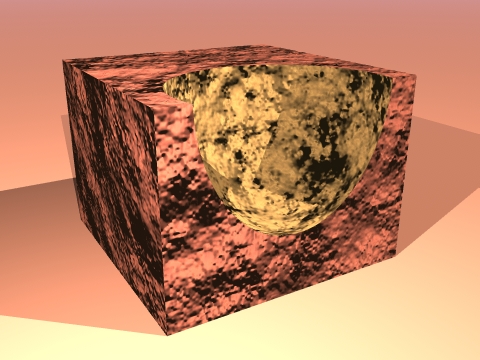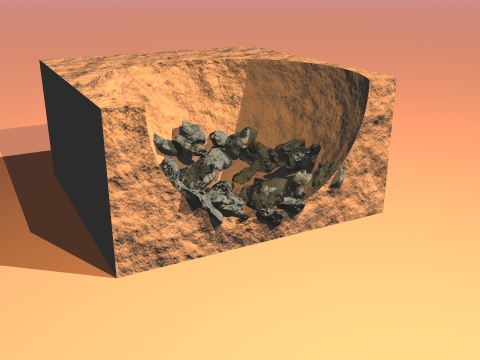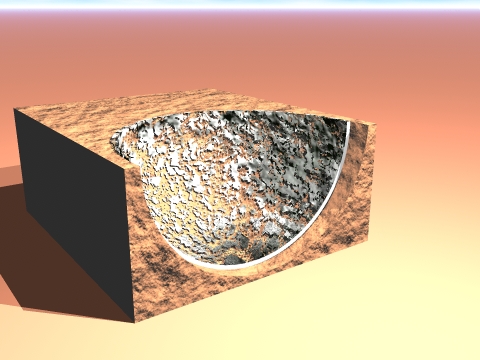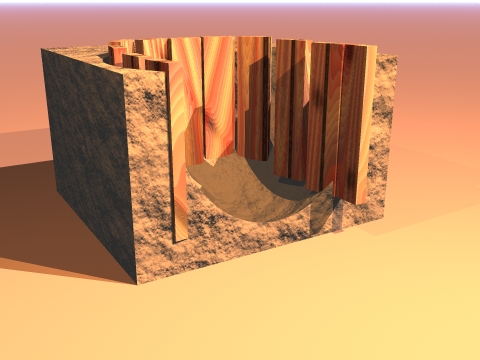
Inside the house were relatively circular pits, cut into the parent matrix beneath the floorboards. It appears, from the contents of these pits, that they were used to store tools and other personal posessions, as well as foods. Most of these pits were about a meter in diameter; the floor of the pit was usually bowl-shaped, possibly in some cases indicating a base for containment of a basket. Feature 21, unit R, is a good example of a plain, unlined pit.

Rock-lined Pits
Some pits are 'rock-lined', containing fire-cracked rock which appears to have been deliberately pressed into the walls of the lower 1/3 or so of the pit. The function of this rock lining is unknown; it may have been to provide some drainage, an important consideration on the rainy Northwest Coast. Feature 37 (unit R) is a good example of a rock-lined pit within the plankhouse; this pit also contained fish and mammal bones, some gravel at the bottom of the pit, and lumps of clay.

Shell-lined Pits
Other Meier pits have a thin layer of crushed shell lining the interior. Again, the purpose here is unknown; perhaps the shell is simply residue from the pit containing a large amount of shell, or the 'lining' may have had some discrete function. Further deposits of shell were found as thin lenses within the plankhouse; more shell, in higher densities, was found in the adjacent midden. These shell deposits probably represent food refuse from the consumption of fresh-water clams. Good examples of shell-line pits are found in unit F, features 444a, 438, and 447.

Plank-lined Pits
Interestingly, more than a few pits were lined with planks, which probably provided a clean, relatively dry interior. This may have been to protect foods. Although the function is unclear, we may be reasonably confident that these pits had different functions than shell- or rock-lined pits. Feature 27z, unit R, is a good example of a plank-lined pit.
Back to Features